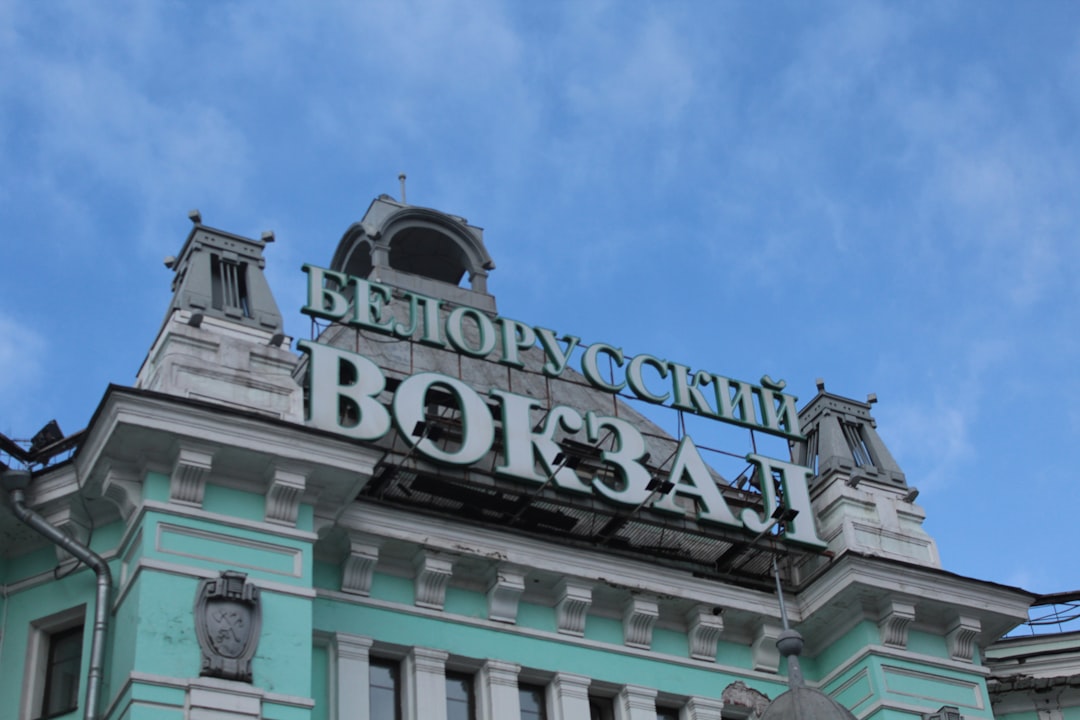Moscow: Russia’s Vibrant Heart and Global Metropolis
Introduction
Moscow, the capital of Russia, is among the world’s most historically significant and geographically largest cities. With a rich tapestry of culture, politics, and innovation, Moscow plays a central role not only in Russian life but also in global affairs. From its medieval core to its steel-and-glass skyline, Moscow is a city of striking contrasts and profound heritage.
Historical Overview
Moscow's origins date back to 1147, when it was first mentioned in the chronicles as a small settlement. Since then, the city has endured sieges, revolutions, fires, and wars, each leaving an indelible mark. It became the capital of the Grand Duchy of Moscow in the late 13th century and eventually rose to prominence as the capital of the Tsardom of Russia, the Soviet Union, and the modern Russian Federation.
Timeline of Key Events in Moscow's History
| Year | Event |
|---|---|
| 1147 | First documented mention of Moscow |
| 1380 | Battle of Kulikovo (led by Grand Prince Dmitry Donskoy) |
| 1480 | End of Mongol-Tatar yoke |
| 1571 | City burned by Crimean Tatars |
| 1712 | Capital moved to St. Petersburg |
| 1812 | Napoleon's troops occupy Moscow |
| 1918 | Capital of Soviet Russia (and later USSR) |
| 1941-1942 | Battle of Moscow (WWII) |
| 1991 | Soviet Union dissolution, ongoing role as capital of Russian Federation |
Geography and Demographics
Moscow is located in the European part of Russia, on the Moskva River. The city’s layout radiates out from the ancient Kremlin, with ring roads marking past city boundaries.
Geographic and Demographic Snapshot
| Attribute | Value |
|---|---|
| Area | ~2,511 km² |
| Population (2023) | ~13 million (city proper) |
| Elevation | ~156 meters above sea level |
| River | Moskva River |
| Time Zone | MSK (UTC+3) |
The Moscow metropolitan area is one of Europe’s most populous urban regions, with significant migration from across Russia and neighboring states, making the city a diverse, dynamic hub.
Architecture and Landmarks
Moscow is renowned for its distinctive skyline, where medieval churches stand alongside imposing Soviet edifices and sleek modern towers.
Notable Landmarks
- Kremlin: The seat of power and a UNESCO World Heritage Site, with palaces, government offices, and churches.
- Red Square: The symbolic heart of Russia, flanked by the colorful domes of St. Basil’s Cathedral and the Lenin Mausoleum.
- Bolshoi Theatre: World-famous for ballet and opera performances.
- Moscow Metro: Noted for its ornate, palatial stations.
| Landmark | Year Established | Description |
|---|---|---|
| Kremlin | 14th Century | Political & historical center |
| Red Square | 15th Century | Public square, cultural hub |
| St. Basil’s Cathedral | 1561 | Iconic architectural marvel |
| State Tretyakov Gallery | 1856 | Premier art museum |
| Moscow City (MIBC) | 1995–present | Modern business district |
Culture and Education
Moscow is Russia's leading center for culture, learning, and the arts:
- Museums & Galleries: The State Tretyakov Gallery and Pushkin Museum highlight Russian and Western art.
- Theatres: The Bolshoi and Maly Theatres are renowned internationally.
- Universities: Moscow State University and Bauman Moscow State Technical University are among Russia's top institutions.
Top Universities in Moscow
| University | Founded | Focus Areas |
|---|---|---|
| Lomonosov Moscow State University | 1755 | Sciences, Humanities |
| Bauman Moscow State Technical University | 1830 | Engineering, Technology |
| Higher School of Economics | 1992 | Economics, Social Sciences |
| Moscow State Institute of International Relations (MGIMO) | 1944 | International Relations |
Economy
Moscow is Russia’s economic powerhouse, contributing a significant share of the national GDP. Key sectors include finance, technology, manufacturing, real estate, and transportation.
Major Economic Sectors
| Sector | Description |
|---|---|
| Finance | Major Russian and foreign banks, exchanges |
| Technology | IT, startups, innovation hubs |
| Manufacturing | Aerospace, electronics, automotive |
| Real Estate | Office, retail, residential development |
| Tourism | Growing sector, global visitors |
The Moscow International Business Center, known colloquially as "Moscow-City," exemplifies the city’s drive towards modernization and global integration.
Transportation
Moscow boasts one of the world’s oldest and largest metro systems, famous as much for its speed and reliability as for its marble and mosaic-decorated stations. Additional modes of transport include buses, trams, trolleybuses, monorails, and an extensive road network.
Moscow Metro at a Glance
| Attribute | Value |
|---|---|
| Lines | 14 |
| Stations | 250+ |
| Daily Ridership | ~7 million |
| Opened | 1935 |
The city is also served by four international airports (Sheremetyevo, Domodedovo, Vnukovo, and Zhukovsky), as well as major railway terminals linking Moscow to cities across Russia and beyond.
Society and Lifestyle
Moscow offers a high standard of living, with diverse entertainment options, cuisine ranging from traditional Russian to global fusion, sprawling parks (e.g., Gorky Park, Izmailovsky Park), and extensive shopping districts (including GUM and TSUM). While it is a city of wealth and opportunity, Moscow also faces challenges such as traffic congestion, high living costs, and air pollution.
Conclusion
Moscow remains an enthralling metropolis blending centuries of tradition with cutting-edge modernity. As Russia’s political, economic, and cultural nucleus, its influence radiates throughout the country and the world. Whether viewed through the grandeur of the Kremlin or the buzz of its start-up cafes, Moscow is a city that continues to evolve—proud of its history, yet firmly focused on the future.
Further Reading and Useful Links
